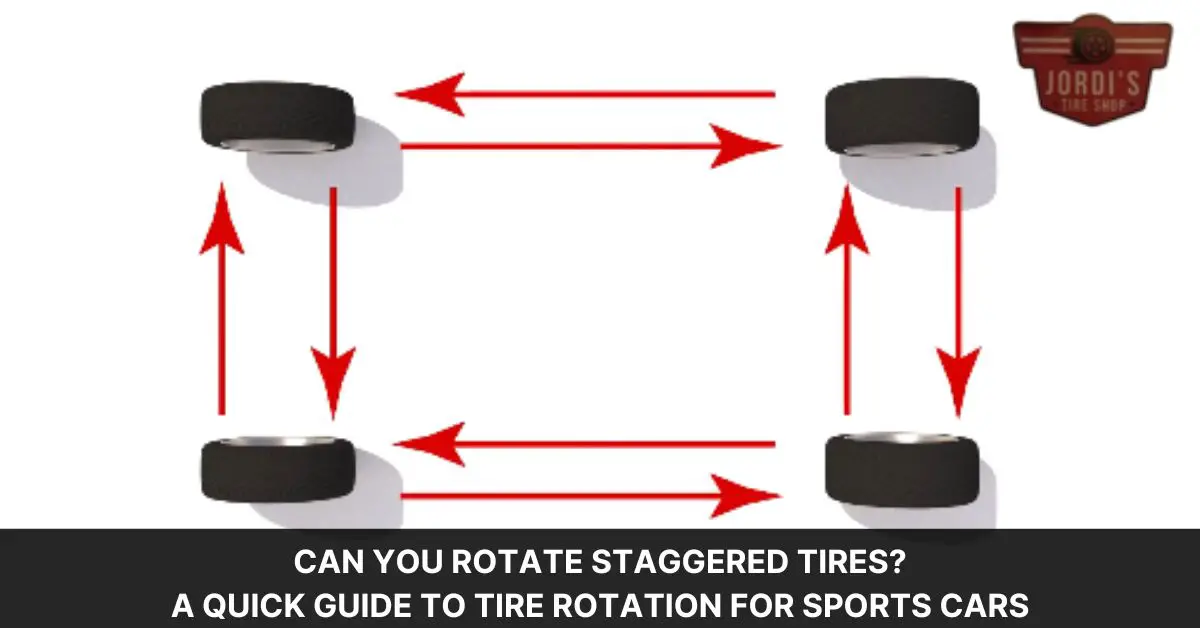When we think about maintaining our vehicles, tire rotation often comes to mind as a crucial step in ensuring even wear and extending the life of our tires. But what happens when we’re dealing with staggered tires? It’s a question that might not have a straightforward answer, but it’s definitely worth exploring.
Staggered tire setups, where the rear tires are wider than the front ones, can add a layer of complexity to routine maintenance. We’ve all heard various opinions on whether you can or should rotate staggered tires, and it’s time we dive into this topic. Let’s unravel the mystery together and find out the best practices for keeping our staggered tires in top shape.
Understanding Staggered Tires
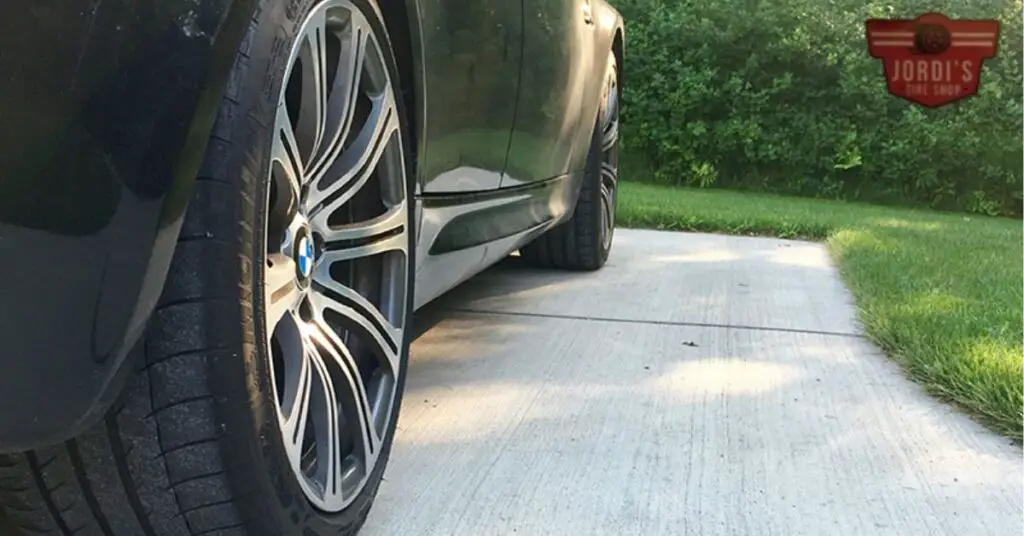
Staggered tires, a setup where the rear tires are wider than the front ones, are common in performance vehicles and sports cars. They’re designed to optimize handling and traction by allocating a larger contact area on the rear tires. This setup has significant implications for tire rotation, a routine maintenance task aimed at extending tire life and maintaining vehicle performance. Unlike standard tire configurations, staggered setups present a unique challenge due to the size difference between front and rear tires.
In traditional tire rotations, tires are moved from front to back or diagonally to ensure even wear across all four tires. However, with staggered tires, this straightforward approach isn’t always possible. Rear tires, being wider, may not fit on the front axle, and rotating them to the opposite rear side doesn’t address the issue of uneven wear patterns that can develop.
The primary goal with staggered tires is to manage wear without compromising the vehicle’s handling and performance characteristics. Some manufacturers recommend against rotating staggered tires due to these constraints, while others propose alternative rotation strategies. These might include swapping the tires from left to right on the same axle, a method that only applies if the tires are not directional. Directional tires, which are designed to rotate in one direction to improve water expulsion and traction, complicate the rotation process further.
Understanding the specific requirements and limitations of staggered tire setups is crucial for maintaining them effectively. Regular inspections are key to spotting wear patterns early and addressing them before they lead to bigger issues. Consulting the vehicle’s manual or a professional for advice tailored to your specific setup can ensure that your staggered tires support the best possible driving experience.
Can You Rotate Staggered Tires?
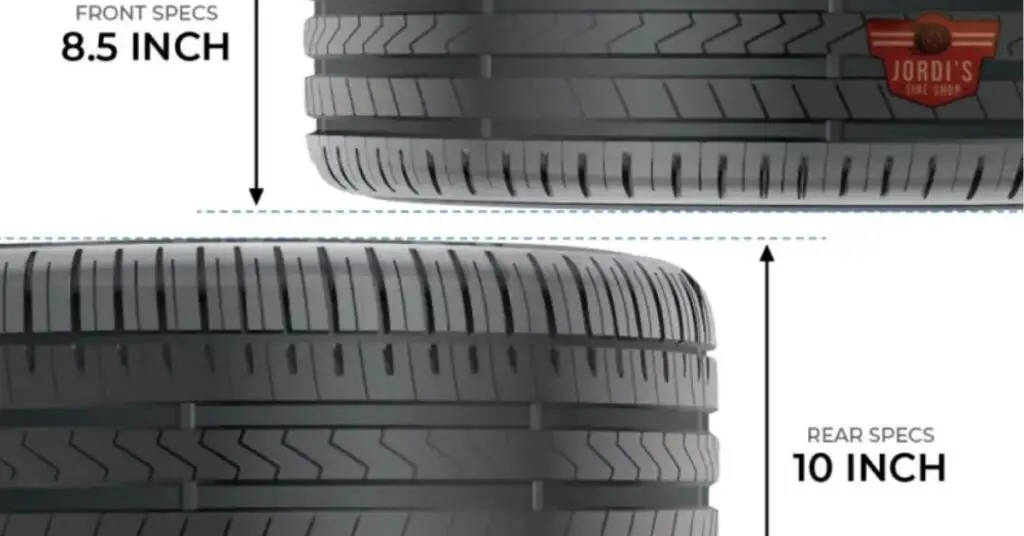
Rotating staggered tires, where the rear tires are notably wider than the front ones, might seem like a challenge at first glance. These unique setups, often found in performance vehicles to boost handling and traction, do come with their own set of rules when it comes to rotation. Despite the differences in size, rotating staggered tires is not only possible but also advisable in certain scenarios to promote even tire wear and extend their life.
The key to rotating staggered tires lies in understanding the specific pattern that’s compatible with your vehicle. Typically, the rotation pattern recommended for staggered tires involves swapping the tires on the same axle. This means the front tires switch sides with each other, as do the rear tires. This approach helps in balancing the wear on the tire’s edges, especially important for vehicles that experience aggressive driving conditions or those with rear-wheel drive.
However, it’s essential to note that some manufacturers may have specific recommendations against rotating staggered tires due to the design and performance considerations unique to each vehicle. In such cases, adhering to the manufacturer’s guidance ensures you don’t compromise on safety or the performance of your tires.
Moreover, for vehicles equipped with staggered tires and all-wheel drive (AWD), rotation might involve more nuanced approaches, such as tire shaving, to ensure that all tires maintain a uniform diameter. This is crucial for the optimal functioning of the AWD system and to prevent excessive wear on the drivetrain components.
Always remember, regular inspections are key. Checking your tires for uneven wear patterns, and consulting with a tire or car manufacturer for rotation recommendations specific to your vehicle, ensures you make the most out of your staggered tires. This tailored approach allows for an optimal driving experience, keeping safety and performance at the forefront.
Considerations Before Rotating Staggered Tires
When contemplating the rotation of staggered tires, several critical aspects require our attention to ensure both safety and performance remain uncompromised. First, acknowledging the manufacturer’s guidelines stands paramount. These directives, often found in the vehicle’s manual, provide specific instructions on whether or not rotating staggered tires is advisable. Ignoring these recommendations can lead to premature tire wear, reduced grip, and potentially unsafe driving conditions.
Understanding tire wear patterns emerges as another significant consideration. Staggered setups, by design, can exhibit uneven wear due to differential sizes and the vehicle’s weight distribution. Before proceeding with rotation, we assess the wear on each tire. If wear patterns suggest alignment or suspension issues, addressing these concerns first ensures we don’t inadvertently exacerbate tire or vehicle problems.
The type of drive train our vehicle possesses influences our decision on rotating staggered tires as well. Vehicles with rear-wheel drive might benefit more from rotating tires on the same axle to even out wear patterns, primarily if we engage in aggressive driving. Conversely, all-wheel-drive vehicles pose a more complex scenario where rotating tires could lead to uneven tire diameters, affecting the all-wheel-drive system’s functionality.
Lastly, consulting with tire professionals provides invaluable insights tailored to our specific situation. Tire experts can assess our vehicle and driving habits, recommending the best rotation strategy or alternative maintenance solutions to extend the life of our staggered tires.
Incorporating these considerations into our decision-making process ensures we approach the rotation of staggered tires with a comprehensive understanding of the potential benefits and pitfalls. Our aim remains to optimize tire performance and safety, keeping our driving experience enjoyable and our vehicle in top condition.
How to Rotate Staggered Tires
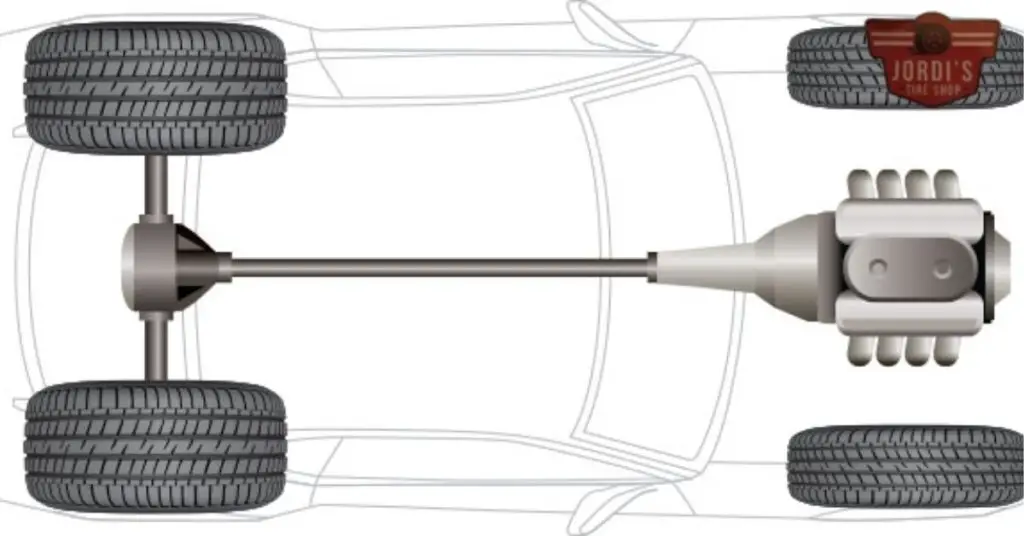
In light of the unique considerations that come with owning a vehicle equipped with staggered tires, we’re here to guide you through the process of rotating them properly. Following the critical considerations outlined in the previous sections, let’s dive into the steps to ensure your staggered tires are rotated effectively, enhancing their performance and extending their lifespan.
- Check Manufacturer Recommendations: Before doing anything, it’s essential to consult your vehicle’s owner’s manual. Manufacturers often provide specific guidelines for tire rotation on vehicles with staggered setups. This step ensures you don’t inadvertently void your tire warranty or compromise your vehicle’s handling.
- Assess Tire Wear and Tread Depth: Inspect all tires for wear patterns. Uneven wear might indicate the need for rotation or could signal alignment issues that need addressing. Measuring tread depth provides a clear picture of tire wear, aiding in deciding the best rotation strategy.
- Determine Rotation Pattern: For staggered tires, the rotation pattern can be limited. Typically, you can rotate them front to back on the same side if the tires are not direction-bound. If they are directional tires, the best practice might involve swapping the tires on the same axle, ensuring they stay on the appropriate side to maintain the directional integrity.
- Consult a Professional: If unsure, consult with a tire or automotive professional. They can provide advice tailored to your specific vehicle and tire setup. Professionals have the experience and knowledge to recommend the best rotation strategy, considering all factors, such as the vehicle’s drive train type and the tires’ wear state.
- Schedule Regular Rotations: Once you’ve established a rotation strategy that suits your staggered tires, make it a habit to rotate them regularly. Depending on your driving habits and manufacturer’s recommendations, aiming for every 5,000 to 7, 000 miles can be a good rule of thumb.
Following these steps, we ensure our tires’ longevity and performance, contributing positively to our vehicle’s overall safety and efficiency. Always remember, when dealing with specialized setups like staggered tires, a bit of expert advice goes a long way in maintaining the optimal condition of your tires.
Alternatives to Rotating Staggered Tires
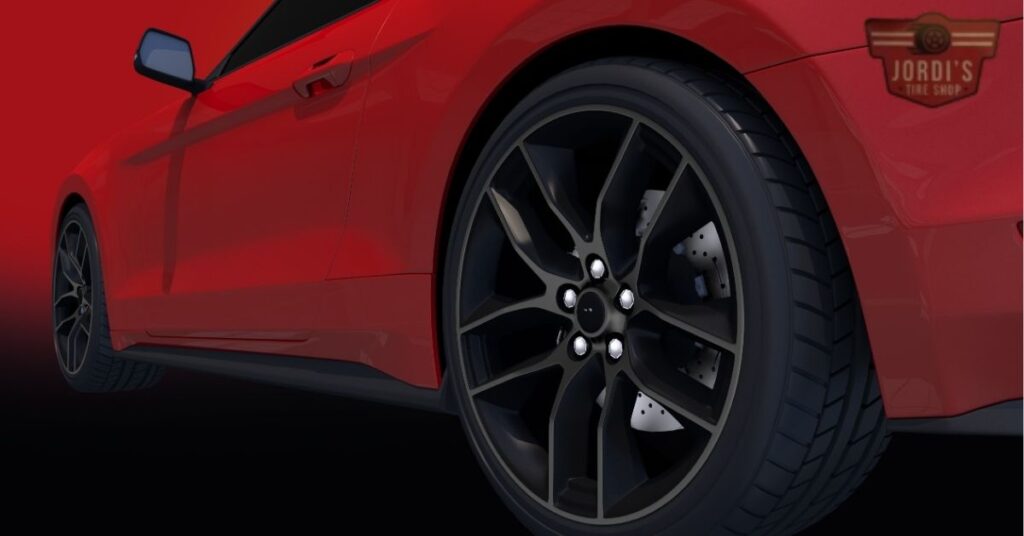
Given the intricacies of maintaining a staggered tire setup, we often find ourselves looking for alternatives to conventional tire rotation. These alternatives aim to enhance tire longevity and vehicle performance without the need for regular rotation patterns that might not be suitable for all staggered setups. Here, we’ll delve into some effective strategies.
Using Tire Tread Wear Indicators
Monitoring tire tread wear indicators is a proactive approach. These built-in features alert us when the tire tread reaches a critically low level, indicating it’s time to replace the tires. Regular checks ensure we’re aware of the tire’s condition, potentially obviating the need for rotation if wear is even across all tires.
Investing in High-Quality Tires
Opting for high-quality tires specifically designed for performance and longevity can be a game-changer. Premium tires often feature advanced compounds and tread designs that ensure more uniform wear, thereby reducing the necessity for frequent rotation.
Implementing Tire Warranty Services
Many tire manufacturers offer warranty services that include maintenance aspects such as rotations and balancing. Utilizing these services not only ensures the tires are in top condition but can also serve as a substitute for manual rotation efforts, especially when dealing with the extra considerations of staggered setups.
Aligning and Balancing Tires Regularly
Alignment and balancing are critical to tire maintenance, impacting wear patterns significantly. Regular checks and adjustments ensure the tires wear evenly, potentially diminishing the need for rotation. This is particularly beneficial for staggered tires, where direct swaps are not always possible.
Exploring these alternatives, we ensure our staggered tire setups maintain optimal performance and longevity without strictly adhering to traditional rotation methods. These strategies offer flexibility while still prioritizing tire health and vehicle safety.
Conclusion
We’ve walked through the ins and outs of rotating staggered tires, emphasizing the importance of keeping up with tire health for the best performance and longevity of your vehicle. It’s clear that while the process may require a bit more attention to detail, it’s entirely manageable with the right approach. Whether you’re sticking strictly to manufacturer guidelines, keeping a close eye on wear patterns, or leaning on the expertise of professionals, the goal remains the same: ensuring your tires serve you well for as long as possible. Don’t forget, exploring alternatives like high-quality tires and regular alignments can also play a crucial role in keeping your ride smooth and safe. So here’s to many more miles of secure and efficient driving with your staggered setup!
Related Posts:
- 5 Tire Rotate: Tips for Properly Rotating Your Tires
- Are Niche Wheels Good? Pros and Cons to Consider
- Asymmetrical Tires: What You Need to Know
- Best Tyres for Stretching: A Guide to Choosing the Right Ones
- Can You Rotate Staggered Tires? A Quick Guide to Tire Rotation for Sports Cars
- Can’t Press Brake to Start Car: Troubleshooting Tips
- Cost for Muffler Delete: How Much You Should Expect to Pay
- Understanding Lipped Discs: Essential Guide for Car Owners
- Low Windshield Washer Fluid Warning Light Won’t Turn Off: What to Do?
- Shell vs Chevron Gas: Which is the Better Fuel Option?
- Spark Plug Bent: Causes and Solutions
- What is Walnut Blasting? A Friendly Introduction to This Engine Cleaning Technique

